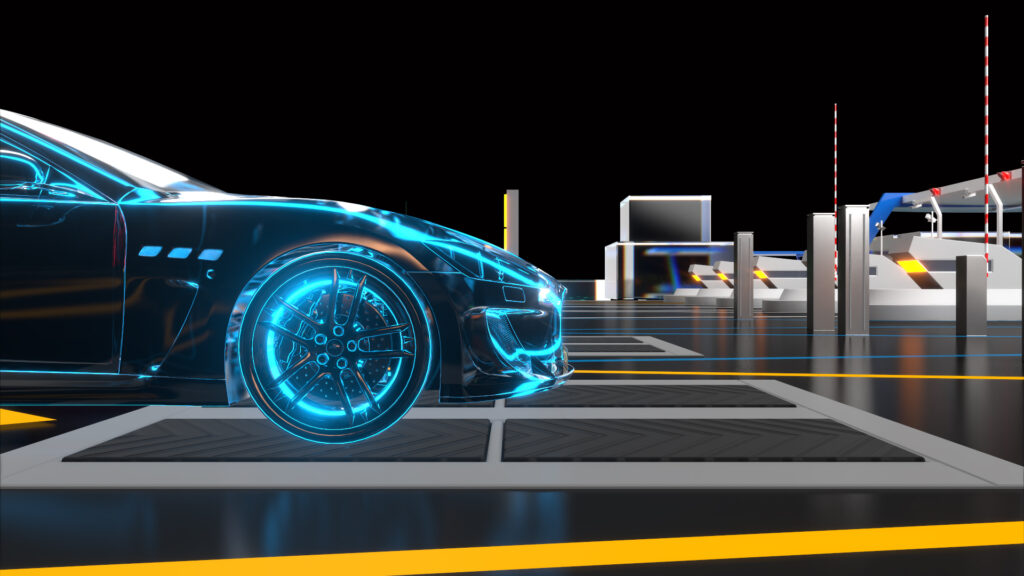ITests by Movyon (Aspi Group) for increasingly sustainable and modern mobility thanks to the development of innovative technologies.
Autostrade per l’Italia’s commitment to promoting ‘green’ and ‘tech’ solutions for the sustainable development and management of the motorway network continues. Illuminating a service station or operating a tollbooth on the motorway thanks to the transit of vehicles: these are just some of the results that will be possible thanks to the ‘Kinetic energy harvesting from vehicles’ (KEHV) project, the world’s first motorway experiment involving the use of a technological platform capable of transforming the kinetic energy of vehicles in deceleration into electrical energy, otherwise dissipated in heat at the brakes. This technology was developed by Movyon, the Autostrade per l’Italia Group’s centre of excellence for research and innovation and a leader in the development and integration of advanced Intelligent Transport Systems and infrastructure monitoring solutions.
Innovation starts in Tuscany. Tests have started on the A1 in the Arno Est service area and will continue in the coming months with experimentation in a toll station.
Autostrade per l’Italia’s objective is to create a platform, integrated with the main motorway infrastructure management and monitoring systems, that can produce clean energy in addition to the typical photovoltaic energy. According to initial estimates, thanks to the average daily transit of 9,000 vehicles, with a single module it will be possible to produce 30 Megawatt hours per year, equal to a reduction of 11 tonnes of CO2. This value corresponds to the annual electricity consumption of an apartment block housing 10 families. In a motorway barrier like Firenze Ovest, for example, electricity consumption is around 60 MWh/year. Thanks to the installation of two systems, it will be possible to completely zero the station’s energy needs.
A revolutionary system. The KEHV project is based on the LYBRA system developed by the start-up 20energy s.r.l. A vehicle driving over the module activates an electromechanical generator and the electricity is supplied via an electronic converter that allows it to be connected to the grid. In a service area, for example, the energy produced could be used to power lighting, advertising and even electric vehicle charging generators. In the case of the toll station, the energy generated could be used by the toll station system (cash desks; barriers and lighting).
Numbers and figures. According to estimates elaborated by Movyon in the Milano Nord and Milano Sud barriers, with an average daily traffic of about 8 thousand heavy vehicles and 63 thousand light vehicles, the systems distributed on the tracks could reach an overall annual production for each of the two stations of more than 200 MWh, with a saving of 70 tonnes of CO2/year. In the second phase of the project, further installations are planned on the managed network.
The experiment is part of the projects developed by the Group on innovation and sustainability. Based on the results obtained, this system may also be included in the broader Mercury Smart Sustainable Mobility programme, the Autostrade per l’Italia Group’s plan to create a large single and coordinated hub for technological innovation to guarantee safer infrastructures and participate as protagonists in the revolution that decarbonisation, digitisation and new transport services are bringing to all mobility systems. The Programme involves the Group’s different subsidiaries and will modernise assets and extend their service life, making traffic smoother and increasing travellers’ safety. Through these technological innovations, ASPI aims to maximise self-consumption of electricity from renewable sources, in order to reduce the carbon footprint and simultaneously increase the energy resilience of the motorway infrastructure.
